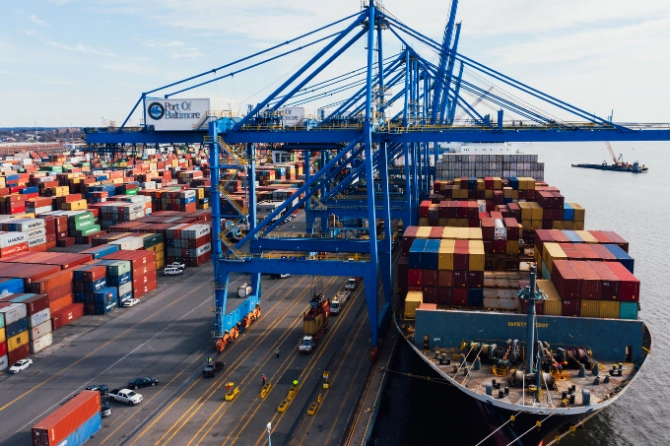Intermodal Transportation
Moving Toward the Future with Sustainable Logistics
Intermodal transportation is more than a logistics strategy — it’s a commitment to smarter, cleaner, and more responsible trade. By integrating road, rail, and sea transport without handling the cargo during modal transitions, this system reduces carbon emissions, minimizes road congestion, and balances resource consumption.
It’s a model that allows you to optimize your supply chain while actively contributing to the well-being of the planet.


Sustainability Reflected in Logistics
Up to 75% less CO₂ emissions: Rail and sea transport have significantly lower environmental impact than road transport.
Fuel efficiency: Smart modal combinations enable low energy usage with high efficiency.
Reduced urban congestion: Relying on ports and logistics hubs helps limit road traffic in city centers.
Certified green logistics: Compliant with Europe’s strict sustainability standards
Who Benefits from Intermodal Transport?
Companies seeking to realign logistics with environmental goals
Exporters shipping high-volume or long-distance cargo to Europe
Brands and manufacturers looking to meet EU environmental compliance in transport
Goods are first moved by road to a port or rail terminal
Containers are transferred seamlessly to rail or sea without unpacking
Final delivery is completed by road in the destination country
Every stage is monitored and reported through digital systems

Balance in Logistics
For businesses striving to balance cost, speed, and environmental impact, intermodal transport offers not only a solution for today, but a path forward for tomorrow. By choosing a smarter route, your cargo doesn’t just arrive — it contributes to a cleaner, more sustainable supply chain.
Let’s build a transport plan that aligns with your goals and values.

